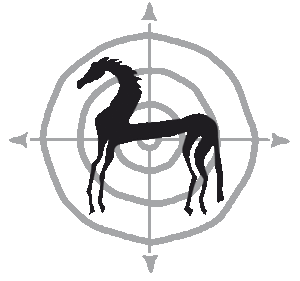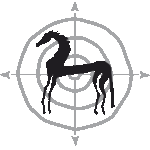Would you put diesel fuel in a Ferrari…?
Superb stallions. Fantastic mares. Stunning geldings. Shiny coats, swinging tails – mile high jumps and very fancy movement.
In other words: modern sport horse breeding. The best is crossed with the best. Sent to the best trainers, and sold for enormous amounts of money.
But there is something weird going on.
Why do so many top class horses ‘disappear’ when they are still young?
People buy them for a LOT of money.
They perform well for a year or so.
And then they seem to fade out… the progress stops.
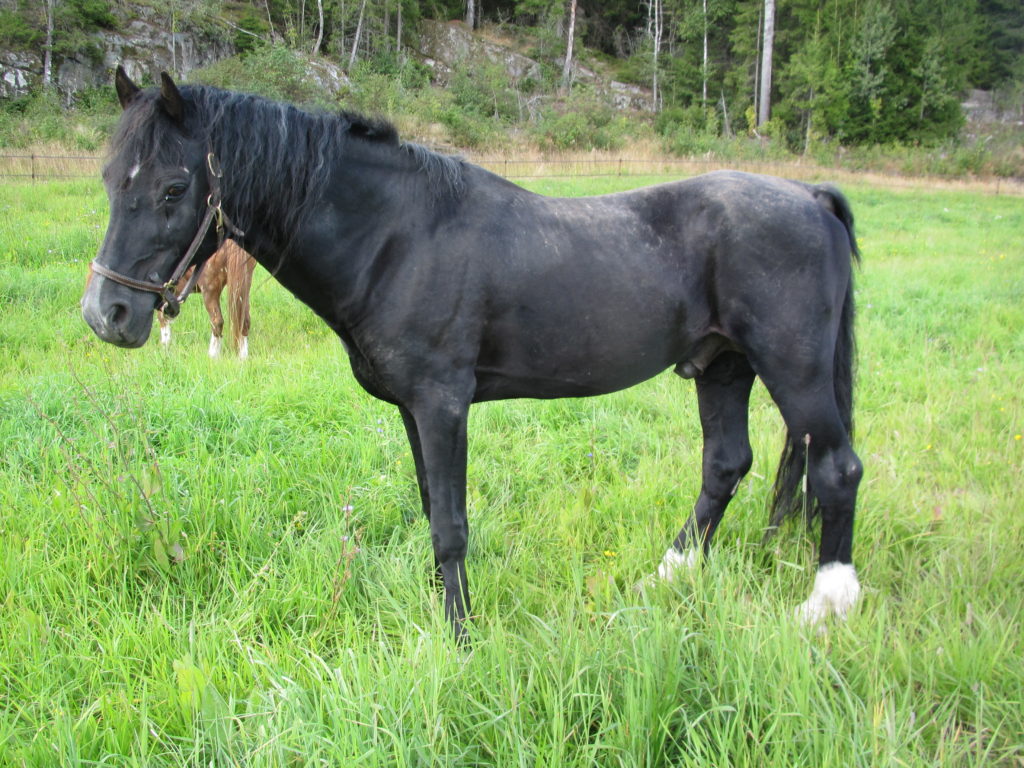
Nothing seems to do the trick…
Nothing seems to do the trick
Often they are then diagnosed with all kinds of health problems.
All kinds of treatments are tried.
Different kinds of training and tack are tried.
But unfortunately, nothing really seems to do the trick.
If the horse is lucky, it then gets sold as a ‘schoolmaster’ or a ‘hobby horse’. The less lucky ones get put down.
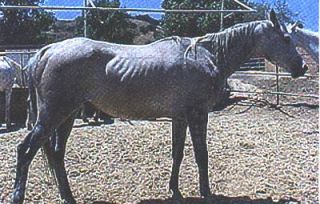
On his way to the slaughterhouse
(And the owner goes shopping for a new horse… which after a year or so stops performing…. and so it continues….)
What do horses really need?
Now, about that Ferrari – it wouldn’t get far with a tank full of diesel. There’s nothing wrong with diesel. It’s just that a Ferrari engine is made for something different.
What if our horses are also made for something different…?
And what if that is the reason they don’t perform as well as we hope for? Or why it’s so difficult to keep them healthy?
What do horses actually need to live healthy – and to be happy? Yes, happy! Because it is very hard to keep an unhappy horse healthy (just like it is in humans).
You can read more about that in this blogpost.
The best bloodlines in the world
At Raaken Farm we have quite a few horses.
An approved Welsh Cob stallion, amongst others. And several mares: warmblood riding horses from some of the best bloodlines in the world.
Were they expensive? Well…. No.
For some weird reason, we seem to end up with the horses that have come to the end of the road. Several of them were literally on their way to the slaughterhouse.
In other words: almost all of our horses are ‘the trash’ of the horseworld.
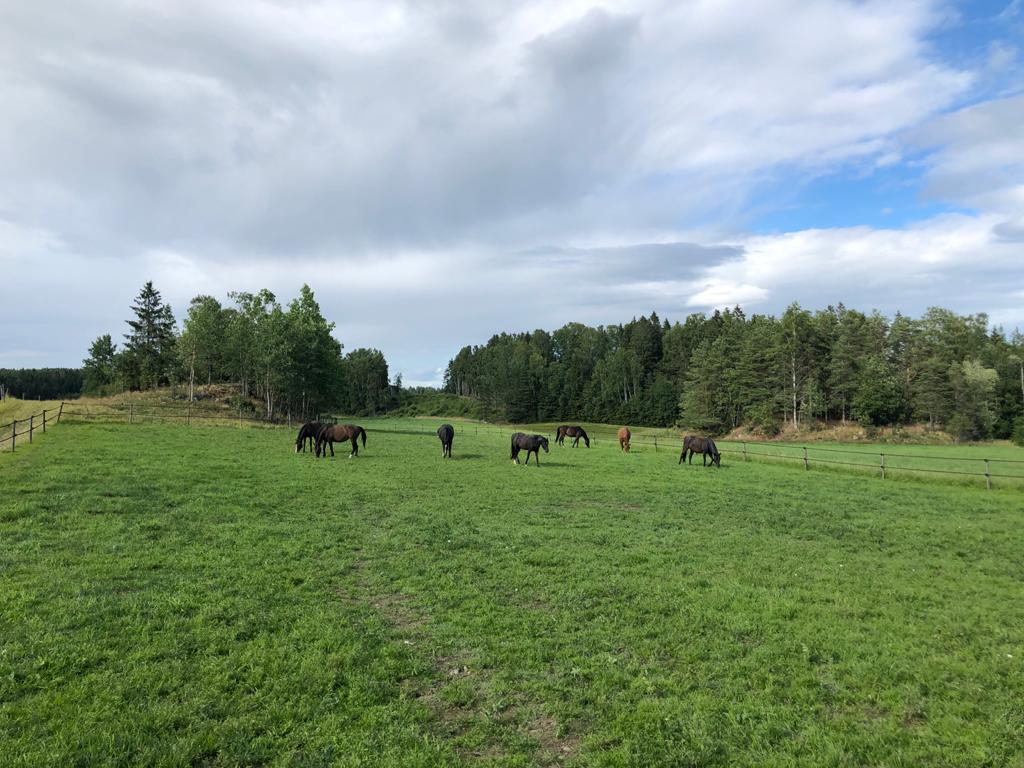
Our ‘Rehab Recipe’: friends, food and room to move!
Our ‘Rehab Recipe’
The goal here is not to fill the farm with ‘pasture ornaments’ *. Our aim is to make these ‘wrecks’ into useful equine citizens again.
So, what do we do?
- We take off the shoes and trim the hooves to a proper form.
Preferable the shoes are already off when they come. So we don’t have to stress the horse with that the minute he arrives. - A new horse immediately gets company. One of our young horses or an older friendly one. Maybe next to each other first, and then together in a smaller field.
We don’t put a new horse straight into the herd. Instead we let them meet each other gradually. And since the shoes are off, the injury risk is much less. - Any horse should have room to move around. Even if it’s only a paddock. This helps enormously, both with physical issues and to relieve stress.
- All our horses are outside. Day and night. All year long. (Of course we have shelters, and we use horse blankets/rugs when necessary.)
- Most of our horses get very little concentrates/’hard food’. Instead they get a lot of grass and/or hay and some vitamins.
Certain food supplements also seem to help. For example joint supplements in older, stiffer horses. - We give them some time off. At least a few days. Often much longer. In our experience, it can take weeks – even months – before a horse really feels settled and relaxed after a move.
Putting them in hard training before that is asking for trouble. - A ‘health check’ is a very important part of our rehabilitation process. Of course we check the usual things: vaccinations, teeth, worm treatments.
On top of that every new horse gets a few visits from a good equine therapist. So we know about the state of their bodies before we put a saddle on. - Often we will also use a animal communicator. Which gives us more insight into the horse’s feeling and any emotional issues.
It’s also an opportunity to explain things to the horse. After all, the horse might have no idea why it is suddenly here! - When they are up to training, we usually start from scratch. Even with horses that have been ridden a lot. Maybe especially with horses that have been ridden a lot! Because it is often plain bad riding that is a big part of the reason these horses have problems.
We ‘rebuild’ every horse step by step. And teach them how to use their bodies in a more correct way.
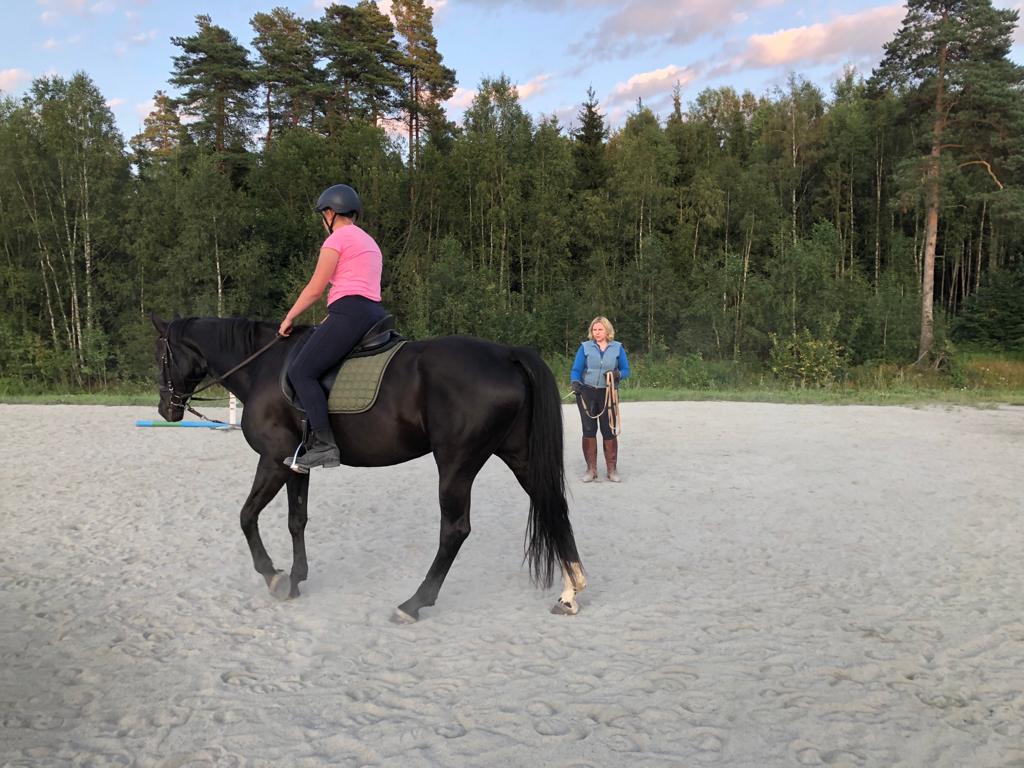
Starting from scratch – even with a horse that has been ridden a lot
A cheap horse can be expensive
As said: we don’t spend money on buying horses. Usually we buy them for 1 NOK (Norwegian Crown) – which is about 10 dollar cents, or one tenth of an Euro.
However, that doesn’t mean they are cheap!
Our very kind veterinarian rolls his eyes, every time we tell him a new ‘project horse’ has arrived. Because he knows we will most likely need his services very soon.
Just some of the other costs involved:
Visits from the equine therapist.
Hay, concentrates, vitamins and food supplements, as necessary.
Hoof care and hoof boots, when necessary.
Rain blankets, winter blankets, fly masks, halters, lead ropes, bridles, saddles (!), fly spray, horse snacks, and so on.
Not to mention the time we put in while feeding, grooming, training…
In other words: it costs a lot of money to make other’s people ‘trash’ into our ‘treasures’!
* Pasture Ornament: Horse that is just standing in the field and not being used.
